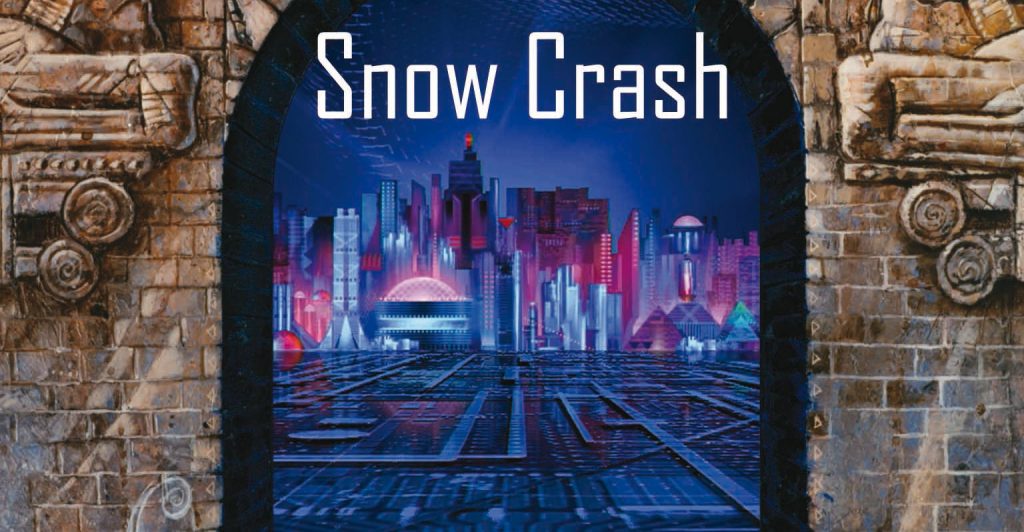Did Salvador Dalí meet the diagnostic criteria for a personality disorder and maybe, also, a form of psychosis, as some have alleged? Maybe, but there’s no real way to know. “You can’t diagnose psychiatric illnesses without doing a face to face psychiatric examination,” Dutch psychiatrist Walter van den Broek writes, and it’s possible Dali “consciously created an ‘artistic’ personality… for the money or in order to succeed.” No doubt Dalí was a tireless self-promoter who marketed his work by way of a sensationalist persona.
But maybe Dalí faked symptoms of mental illness (via his understanding of Freud) in order to deliberately induce states of psychosis as part of his paranoid-critical method, a “spontaneous method of irrational knowledge based on the critical and systematic objectivity of the associations and interpretations of delirious phenomena,” he wrote. One of Dalí’s extreme “unorthodox methods for idea generation,” the practice of pretending to be insane may have driven Dalí to believe too strongly in his own delusions at times.
Throughout the early 1930s, Dalí championed paranoia, “a form of mental illness in which reality is organized in such a manner so as to be served through the control of an imaginative construction,” he said in a 1930 lecture. “The paranoiac who thinks he is being poisoned discovers in all the things that surround him, down to their most imperceptible and subtle details, preparations for his death.” And the paranoiac Surrealist who believes he’s being robbed of his ideas may see artistic theft everywhere — especially in an exhibit of Surrealist artists that does not include him. (After all, as Dalí once declared, “I am Surrealism.”)
In 1936, Dalí attended a screening of Joseph Cornell’s short Surrealist film Rose Hobart (top), named for the obscure silent actress whose scenes Cornell excised from a “1931 jungle adventure film” called East of Borneo. Cornell took the footage, slowed it down, “chopped it up, reordered it, and discarded the entire plot,” writes Catherine Corman. “He cut out reaction shots… removed overtly upsetting scenes,” edited in scenes from other films, and “made the film seem deliberately modest and worn,” projecting it through a blue filter and scoring it with two songs from Nestor Amaral’s album Holiday in Brazil (which he’d found at a junk shop).
The screening happened to be held in New York at the same time as the Museum of Modern Art’s first exhibit of Surrealist art, an exhibition “rife with controversy,” MoMA writes, that “provoked fierce reactions from battle factions among the Dadaists and the Surrealists.” French Surrealist poet and critic André Breton, who two years earlier expelled Dalí from the Surrealist group for “the glorification of Hitlerian fascism,” wrote the catalogue introduction. The Spanish Civil War had just broken out that year, further aggravating Dalí, no doubt, when he encountered Cornell’s film at a matinee screening.
Partway through the screening of Rose Hobart, Dalí became enraged, stood up, shouting in Spanish, and overturned the projector. Later, he reportedly told Julian Levy, whose gallery held the screening: “My idea for a film is exactly that, and I was going to propose it to someone who would pay to have it made.… I never wrote it or told anyone, but it is as if [Cornell] had stolen it.” Other versions of the story had Dalí saying, “He stole it from my subconscious!” or “He stole my dreams!” Cornell had not, of course, reached into Dalí’s subconscious but had manifested the film from his own obsessions with silent film and Hollywood divas, themes that run throughout his work. After Dalí’s outburst, the shy, reclusive artist refused to screen Rose Hobart again until the 1960s.
Dalí had vanquished an imaginary rival, but perhaps his true targets — Breton and his former Surrealist colleagues — remained untouched. It would not matter: Dalí eclipsed them all in fame, especially in the age of television, which embraced the artist’s antics like no other medium. But through his performances of insanity, maybe Dalí actually did touch into a creative preconscious state shared among artists — a place in which Joseph Cornell just might have found and stolen his ideas.
In 1932, Dalí had an epiphany about Jean-Francois Millet’s The Angelus, a painting with which he’d been obsessed since childhood and that influenced him heavily as an adult, becoming a key source for his paranoid-critical method. Dalí claimed that the two farmers praying over a meager harvest were actually mourning a lost child. He persisted in this belief until the Louvre agreed to X‑ray the painting. Underneath, they found a small, child-sized coffin, and at least one of Dalí’s paranoid fantasies was proved true.
Related Content:
Take a Journey Through 933 Paintings by Salvador Dalí & Watch His Signature Surrealism Emerge
Salvador Dalí Gets Surreal with 1950s America: Watch His Appearances on What’s My Line? (1952) and The Mike Wallace Interview (1958)
When Salvador Dalí Created a Surrealist Funhouse at New York World’s Fair (1939)
Josh Jones is a writer and musician based in Durham, NC. Follow him at @jdmagness


